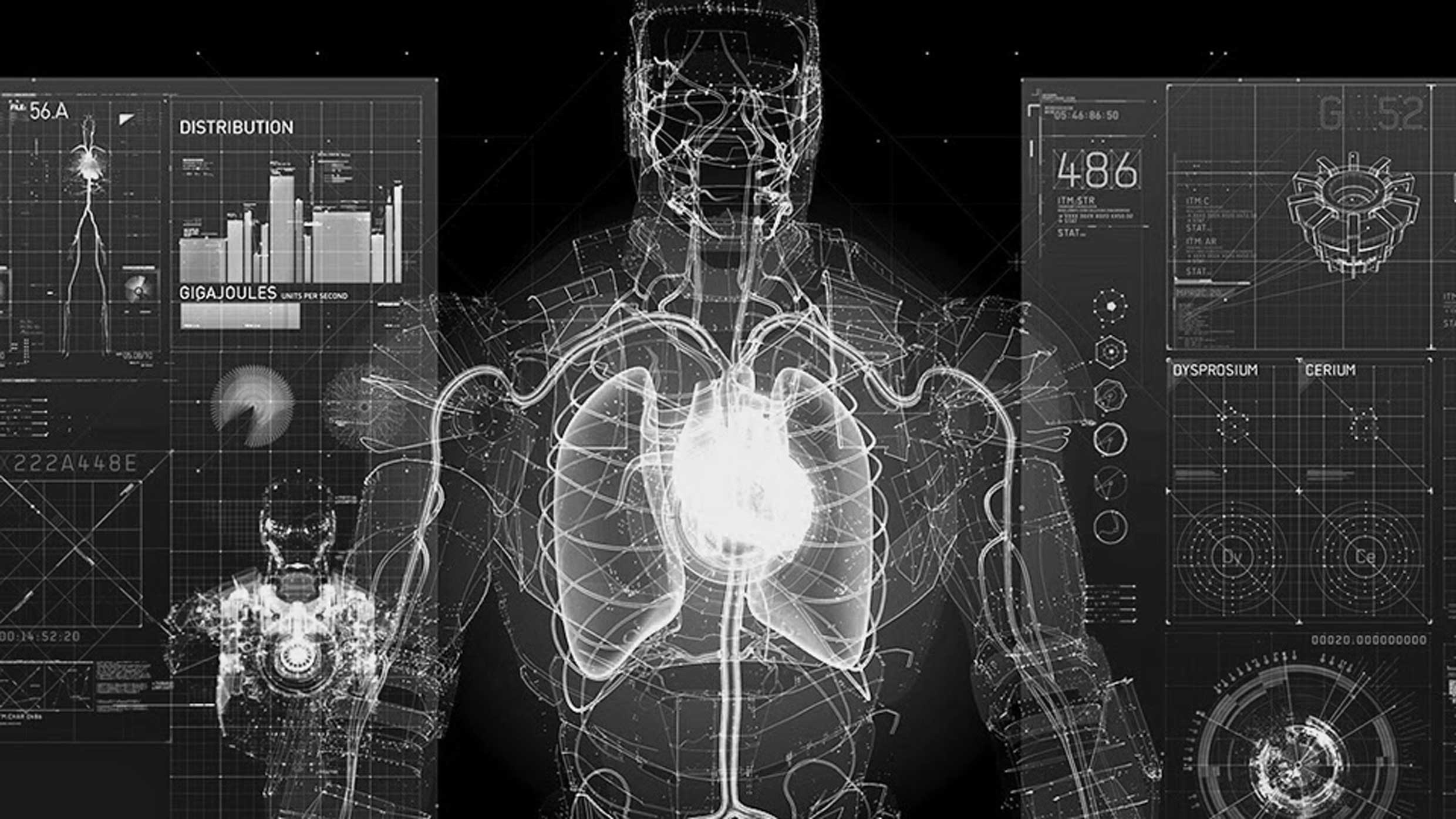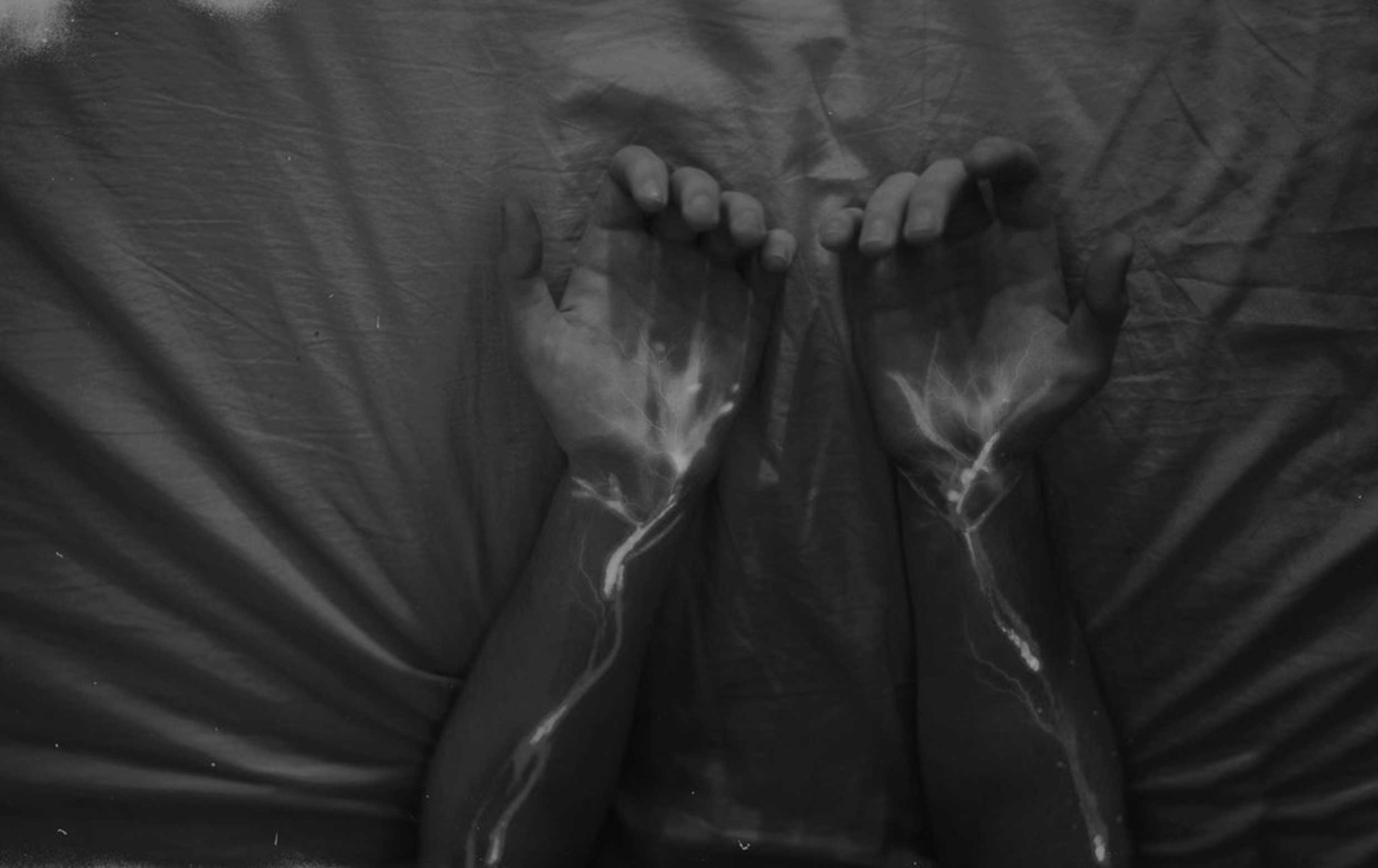The iPhone (and the smartphone in general) is on track to becoming the most versatile tool at your doctor’s disposal. The iPhone Doctor is a movement that brings diagnosis and treatment apps to smartphones, making the job of a Digital Doctor much more seamless.
Digital Doctor in a Doc’s Pocket
It’s an exciting time to be a technology innovator in healthcare. Many ambitious companies in digital health, telehealth, and telemedicine are enabling care providers with better technology leading to better outcomes.
For instance, the Human Diagnosis Project has created a platform that crowdsources medical diagnoses. So, a patient in rural Mississippi can get the guidance of not only their primary care physician but from thousands of physicians across the globe. Sounds like a lot of advice, but the platform uses algorithms to sift the information and rank its relevance. All of which can be accessed by a doctor on, you guessed it…their smartphone.
Face2Gene redefines the saying “a picture is worth a thousand words”. The app analyzes the patterns and features on someone’s face to detect the probability they have a disorder such as Down’s Syndrome. With over 2,000 disorders logged into the facial recognition app, diagnosing patients outside of the hospital setting is as easy as reaching in a doc’s pocket.
A similar facial recognition algorithm is learning to assess the pain on patient’s faces, allowing for more accurate treatment.
Working in digital health innovation, I’m often confronted by the slow technology adoption in healthcare. But, many of these healthcare technology solutions do all the heavy lifting, making it easier for hospitals to adopt the technology.
In fact, so much heavy lifting is done, that some of these Digital Doctor tools are even accessible to the public.
The iPhone Doctor
Our cell phones are undoubtedly a jack-of-all-trades – streaming music, paying bills, connecting with friends. While these are all useful things, the next wave of iPhone innovation has more heart.
Specifically, in electrocardiograms (EKG) which are the simple, painless tests of the heart’s electrical data.
With portable, pocket-sized Kardia sensors, patients can take a medical-grade EKG test on their phone in just 30-seconds. Patients who feel the warning signs of a stroke can pull out the finger sensors, gather and analyze data, and then send the results to their doctor for further advice.
Finding early irregularities in heart function is the difference between taking precautionary steps or reacting to heart failure. By eliminating the time of traveling to a doctor’s office and waiting for an EKG test, Kardia becomes the iPhone Doctor in any patient’s pocket.
And it’s not the only technology catching problems early.
By the Whites of Their Eyes
Pancreatic cancer, the condition that took Steve Jobs’s and Patrick Swayze’s life has a startlingly low survival rate because the symptoms are rarely detected before the cancer has spread. As a result, most diagnoses are accompanied by a remaining lifespan in “months”, not years.
Which is why the BiliScreen app is so groundbreaking. Simply using a smartphone camera, the app can detect trace amounts of bilirubin in the whites of the eyes. Bilirubin is a chemical that increases in the body when pancreatic cancer develops, eventually turning the whites of the eyes yellow. Generally, this yellowing isn’t noticeable until the cancer is far along.
I know this is an app that really hits home for my friend Ryan:
“I can remember sitting at a team banquet when my friend’s dad walked in. The whole room went silent. His hair was gone and he looked emaciated. Only months ago at the football games, he looked fine. That night many of us found out he had stage four pancreatic cancer. He died just six months later.
“The opposite held true for my psychology professor. A fluke visit to the doctor for an unrelated test helped him catch pancreatic cancer at a very early stage. Three years later, he’s still chugging along with many more sunrises ahead of him.”
This is the reality of pancreatic cancer. Two polar opposite based on early detection.
The researchers at the University of Washington who developed this technology are showing early clinical successes, and believe the eyes are the gateway to diagnosing other health problems.
Every day, I hear of more and more healthcare advances that utilize our favorite device, the smartphone – making adoption all the more easier for us.
Making Change Easy
To get people to agree with your thoughts or buy your product, most people believe the trick is in the sales strategy. The hard sell. The soft sell. The straight line technique. There are a plethora of sales strategies that all focus on how to sell.
But, the real reason people don’t buy, listen, or agree is the fear of change.
To get people to change their mind, you must make change seem easier than staying with their current option.
Elon Musk is phenomenal at doing this when presenting his outlandish ideas. He constantly dumbs down the idea of building underground travel infrastructure, as nothing more than digging holes. How hard can it be?
So, the next idea you want to spread or product you aim to sell, start thinking about how you can make the change seem easier than not changing. (Hint: it’s something I try to do weekly with these Quick Theories).
As always, thanks for tuning into this week’s Quick Theories. And I’d love to hear your thoughts on the iPhone Doctor.


